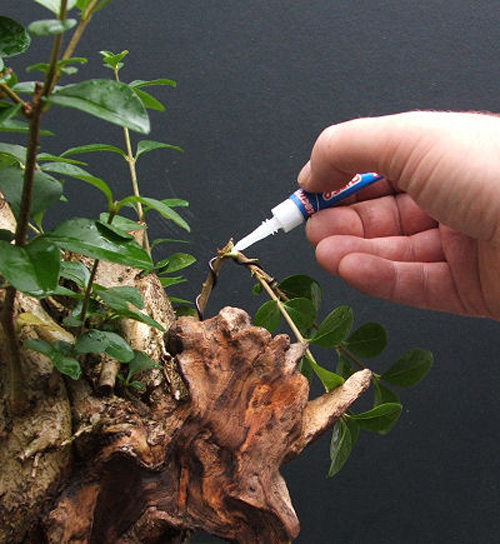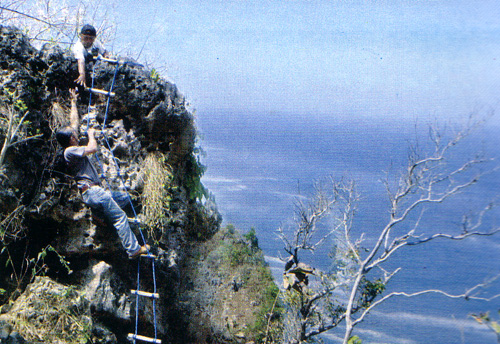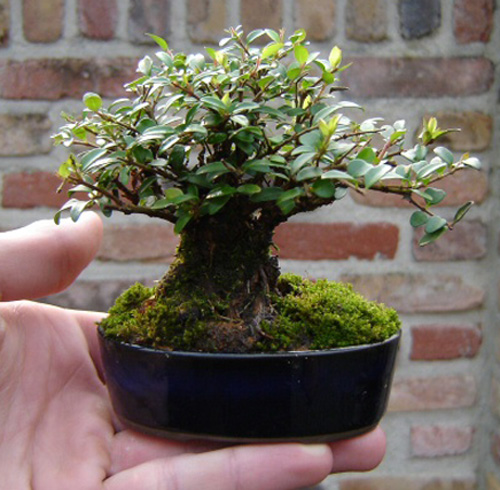 This little Boxleaf honeysuckle (Lonicera nitida) belongs to Ferry Freriks of the Netherlands. Though it has room for improvement, still it’s a decent example of what you can do with a well chosen nursery plant, a few tools and a little time (four years in this case). The pot, in Ferry’s words, is “cheap Chinese.”
This little Boxleaf honeysuckle (Lonicera nitida) belongs to Ferry Freriks of the Netherlands. Though it has room for improvement, still it’s a decent example of what you can do with a well chosen nursery plant, a few tools and a little time (four years in this case). The pot, in Ferry’s words, is “cheap Chinese.”
A better pot
This tree is on it’s way to becoming a worthy shohin bonsai. One of the surest ways to speed up that process is to put it in a better pot. Something just over half as deep would make the strong little trunk appear even stronger and something a whole lot nicer would dramatically improve the overall effect (a bonsai is a tree AND a pot).
Continue reading Unique Bonsai Contest: Entry #1 – Honeysuckle
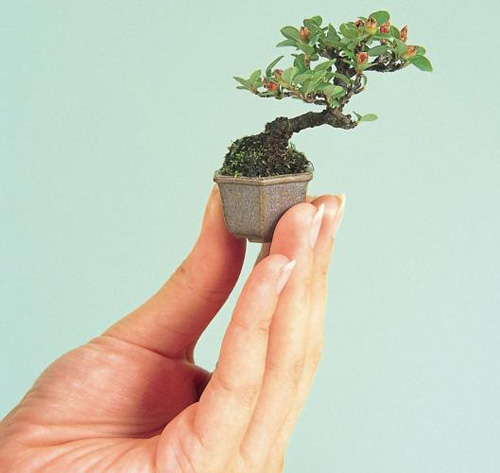
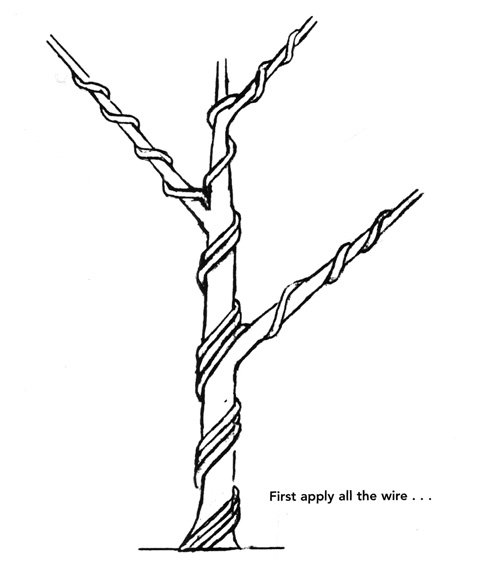 Before: The wire has been applied and is ready to bend. The two illustrations in this post are from
Before: The wire has been applied and is ready to bend. The two illustrations in this post are from 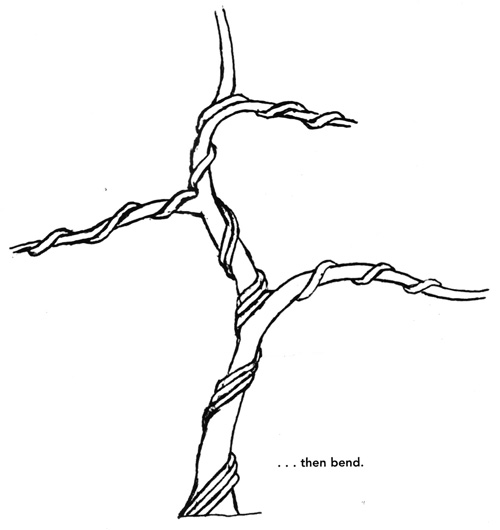 After.
After. 
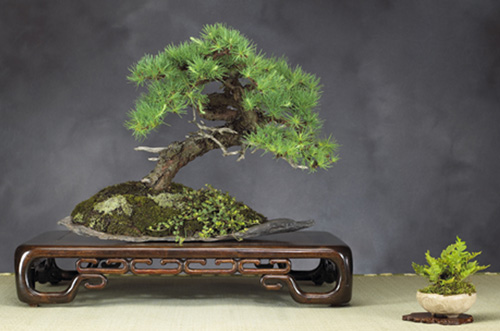
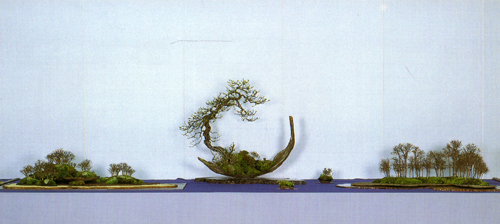
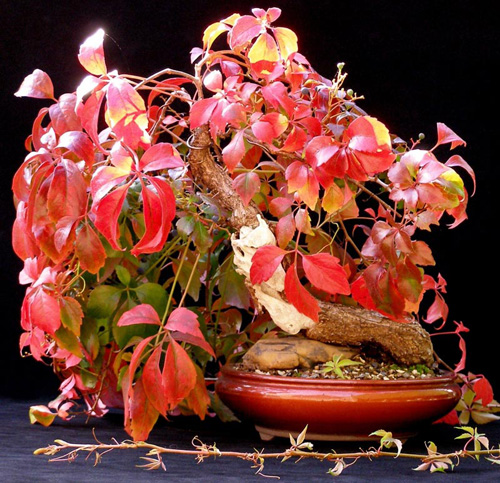
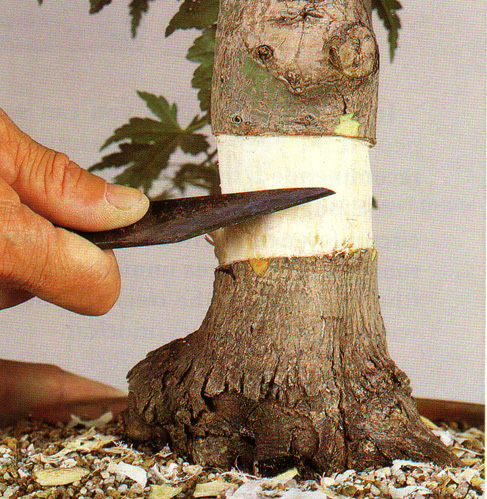 This photo shows step two (see below). From this angle you can see that the current base of the trunk is a mess. After layering we’ll have a new base, though it’s unclear from this photo why this spot (at the top of the layer) was chosen. My guess is the author picked this unattractive tree for instructional purposes rather than for aesthetic reasons. The photos are from
This photo shows step two (see below). From this angle you can see that the current base of the trunk is a mess. After layering we’ll have a new base, though it’s unclear from this photo why this spot (at the top of the layer) was chosen. My guess is the author picked this unattractive tree for instructional purposes rather than for aesthetic reasons. The photos are from 